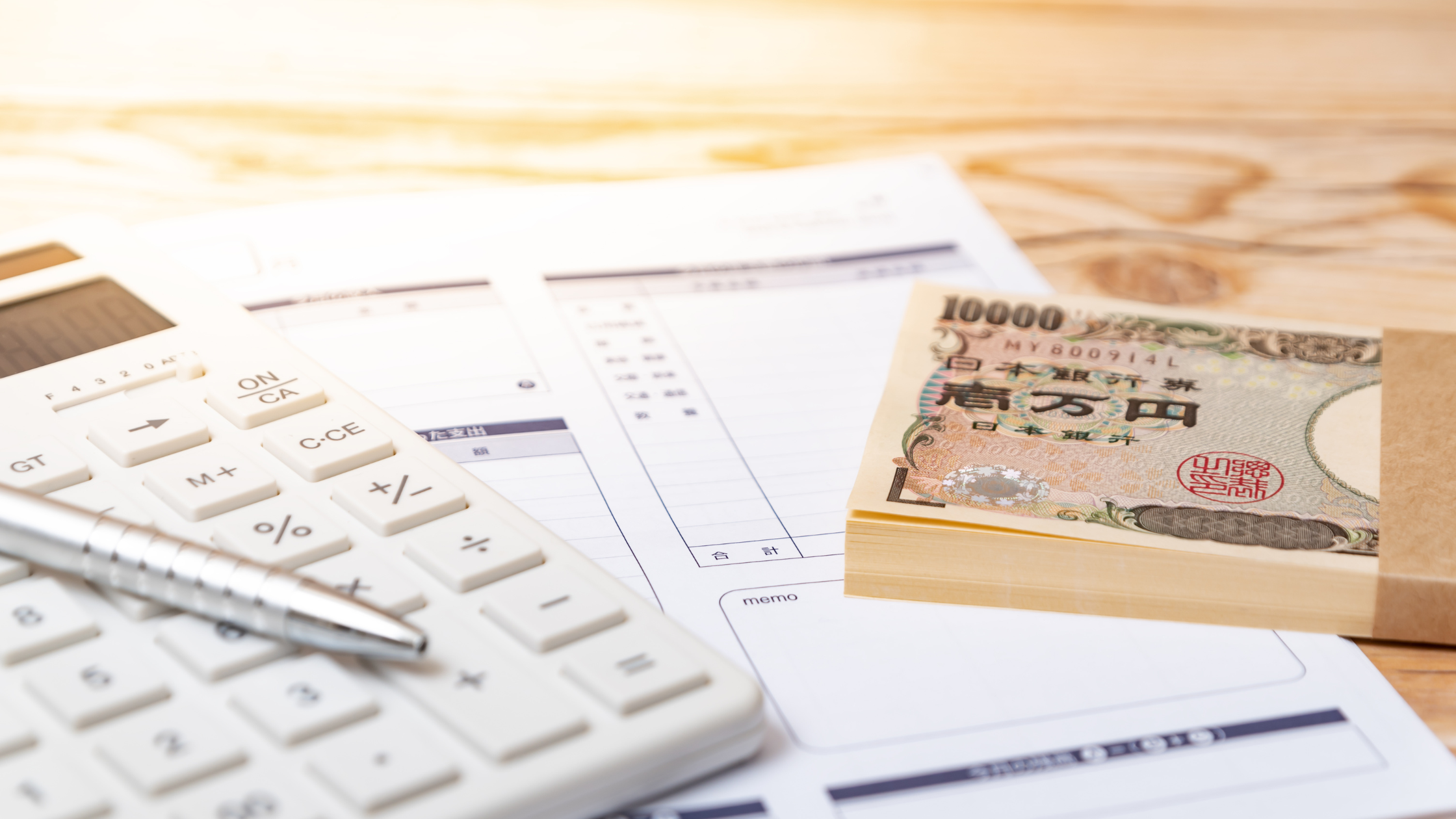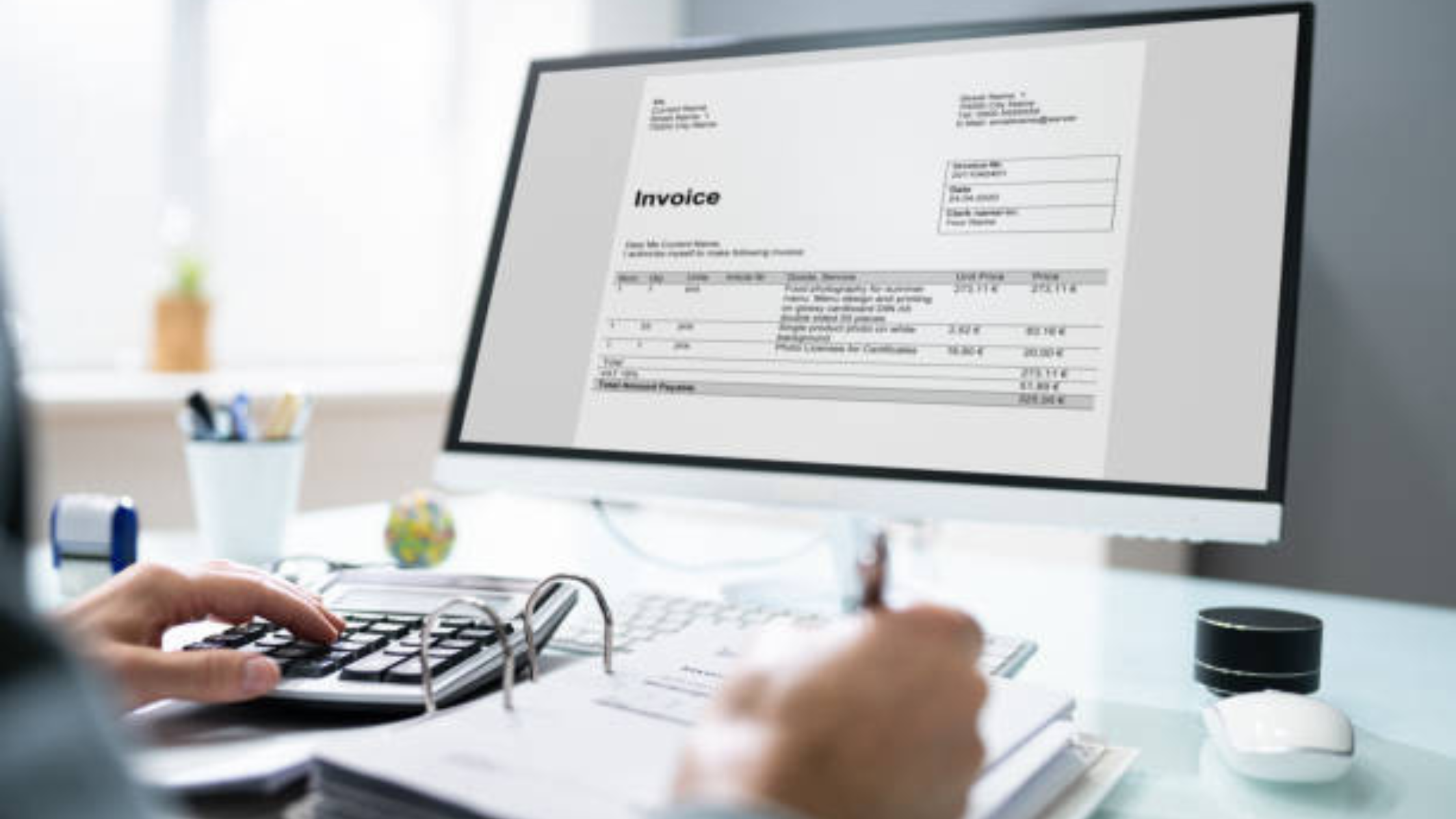Restaurant Receipts 101: How to Create and Customize Them

Welcome to the ultimate guide on creating and customizing restaurant receipts! In the fast-paced world of food service, a well-designed receipt can make a lasting impression on your customers. From showcasing your brand to providing essential information, a receipt is more than just a piece of paper. In this comprehensive guide, we will delve into the art of crafting receipts that not only serve as proof of purchase but also reflect the personality of your establishment. Whether you run a cozy cafe or a bustling bistro, mastering the art of creating and customizing receipts can set you apart from the competition. Get ready to explore the key elements of a receipt, learn how to personalize it to match your restaurant's style, and discover tips to make the process efficient and effective. Let's dive in and elevate your receipt game to leave a lasting impression on your diners!.
Understanding Restaurant Receipts
Definition of Restaurant Receipts
A restaurant receipt is a document provided to customers as proof of payment for the services and products they have received at a dining establishment. It serves as a legal record of the transaction and is essential for accounting purposes. In addition to detailing the items ordered, their prices, any applicable taxes, tips, and the total amount due, a restaurant receipt also often includes the payment method used and the server's name to provide a personalized touch.
Components of a Standard Restaurant Receipt
Header Information : The header typically includes the restaurant's name, logo, address, contact information, and the date and time of the transaction. This information helps customers identify where they dined and when.
Order Details : This section provides a comprehensive breakdown of the items ordered, including the name of each dish or drink, quantity, price per item, and any modifications or special requests made by the customer. It ensures transparency in pricing and helps in case of any discrepancies.
Taxes and Fees : Information about any applicable taxes, service charges, or additional fees is crucial for customers to understand the total cost of their dining experience. It helps in budgeting and prevents any surprises at the time of payment.
Subtotal and Total : The subtotal represents the total cost of the items ordered before taxes and additional charges are applied. The final total amount due is the sum that the customer needs to pay, including all charges. This section helps in verifying the accuracy of the bill.
Payment Information : Details about the payment method used, such as cash, credit card, or other forms of payment, are included for both the customer's and the restaurant's records. It ensures a smooth transaction process.
Additional Information : Some receipts may include additional details, such as the server's name, table number, special promotions, or survey requests. These elements enhance the customer's experience and provide valuable feedback to the restaurant.
Customer Feedback : Encouraging customers to provide feedback on their dining experience can be beneficial for the restaurant. Including a section for comments or a link to an online survey can help in improving services and addressing any issues raised by customers.
Understanding the components of a standard restaurant receipt not only helps customers in verifying their bill but also plays a significant role in maintaining transparency and customer satisfaction in the dining industry.
Creating Customized Restaurant Receipts
In the modern restaurant industry, creating customized receipts can be a game-changer for your business. Not only do they serve as proof of transaction, but they also offer a unique opportunity to leave a lasting impression on your customers. Let's delve deeper into the key aspects of crafting personalized restaurant receipts:.
Choosing the Right Software or Template
Selecting the appropriate software or template is the foundational step in the receipt customization process. Whether you opt for specialized receipt-generating software tailored for restaurants or prefer to craft a unique template from scratch, it's essential to ensure that it resonates with your brand identity. Look for features that allow you to input custom fields, incorporate your logo, and maintain a cohesive aesthetic that reflects your restaurant's ambiance.
Adding Branding Elements
Branding plays a pivotal role in distinguishing your restaurant from competitors and fostering brand loyalty. When designing your receipts, consider integrating key branding elements such as your logo, color palette, and typography. These elements not only enhance the visual appeal of the receipt but also reinforce brand recognition. Additionally, including a catchy slogan or a brief brand message can further solidify your restaurant's image in the minds of customers.
Incorporating Legal Requirements
Beyond aesthetics, it's crucial to ensure that your customized receipts comply with legal standards. Restaurant receipts serve as official records of transactions and must include specific details such as the date and time of purchase, itemized list of products or services, prices, applicable taxes, and the total amount paid. Failure to adhere to these legal requirements can result in compliance issues and potential disputes. Therefore, meticulously review the legal guidelines pertaining to receipt content and structure to avoid any complications.
Enhancing Customer Experience
Customized receipts offer a valuable touchpoint to enhance the overall customer experience. Consider leveraging this opportunity to include personalized messages, promotional offers, or links to your social media platforms. By incorporating interactive elements or soliciting feedback through the receipt, you can actively engage customers post-purchase and encourage repeat visits.
Creating customized restaurant receipts goes beyond mere transactional documentation; it serves as a powerful branding tool and customer engagement strategy. By carefully curating the design, content, and functionality of your receipts, you can elevate your restaurant's image and foster long-term customer relationships.
Tips for Creating Effective Restaurant Receipts
In the competitive restaurant industry, every detail counts when it comes to customer satisfaction and loyalty. One often overlooked aspect is the humble receipt. Here are some tips to make your restaurant receipts not just a record of transaction but a valuable tool for enhancing the overall dining experience.
Enhance Clarity and Readability:
Use clear and easy-to-read fonts and formatting.
Ensure that all essential information such as the date, time, items ordered, and total amount are prominently displayed.
Consider adding a brief thank you message or a fun fact about the restaurant to personalize the receipt further.
Utilize Promotional Opportunities:.
Include special offers, discounts, or promotions on the receipt to encourage repeat business.
Highlight loyalty programs or referral incentives to incentivize customers to return.
Use the back of the receipt for cross-promotions with partner businesses or to showcase upcoming events.
Implement Customer Feedback Mechanisms:.
Provide a space on the receipt for customers to leave feedback or suggestions.
Encourage customers to participate in surveys by offering a discount on their next visit upon completion.
Consider running occasional contests where customers can win a prize by filling out a feedback form.
Incorporate Branding Elements:.
Ensure that the receipt design reflects the overall branding of the restaurant, including colors, logos, and slogans.
Use receipts as an extension of your marketing strategy by reinforcing brand identity through visuals and messaging.
Consider seasonal variations in receipt design to keep the branding fresh and engaging.
Go Digital and Eco-Friendly:.
Offer customers the option to receive digital receipts via email or text message to reduce paper waste.
Include links to social media profiles or the restaurant's website to encourage online engagement.
Implement a system where customers can access their receipt history online for convenience and sustainability.
By paying attention to these details and using receipts as more than just a transactional document, restaurants can leave a lasting impression on customers and build stronger relationships that go beyond the dining experience. Remember, a well-crafted receipt is not just a piece of paper; it's a powerful marketing tool and a reflection of your commitment to excellence.
Conclusion
Creating and customizing restaurant receipts is a crucial aspect of maintaining professionalism and providing a great customer experience. By following the tips and guidelines outlined in this blog, restaurant owners and managers can ensure that their receipts are not only accurate but also visually appealing and informative. Remember, a well-designed receipt can leave a lasting impression on customers and contribute to the overall success of a restaurant business.







